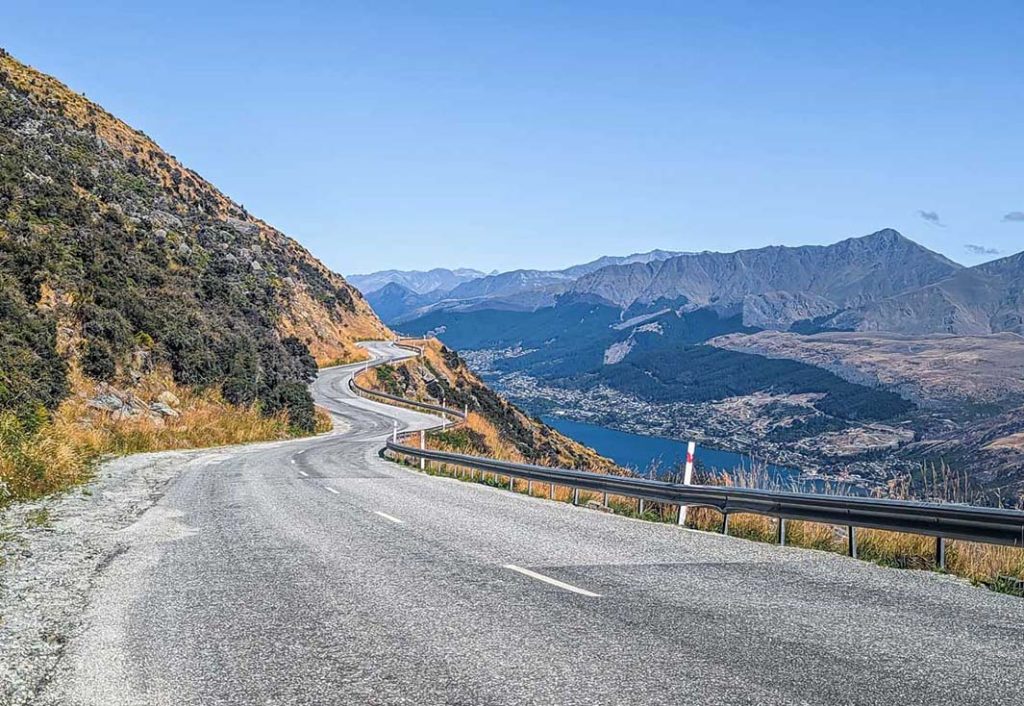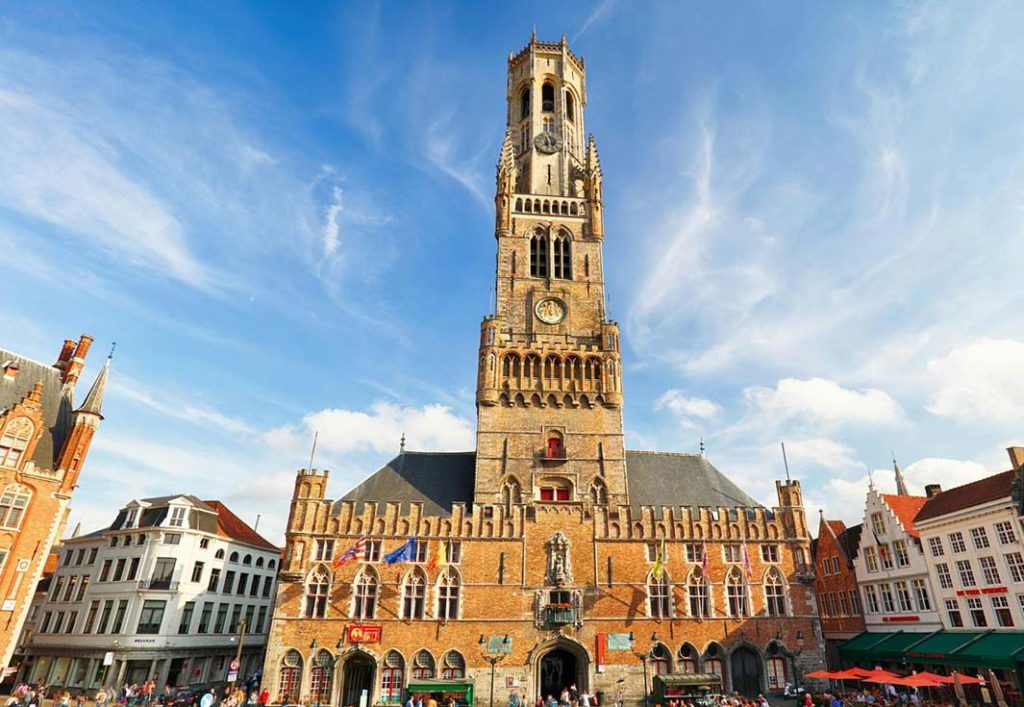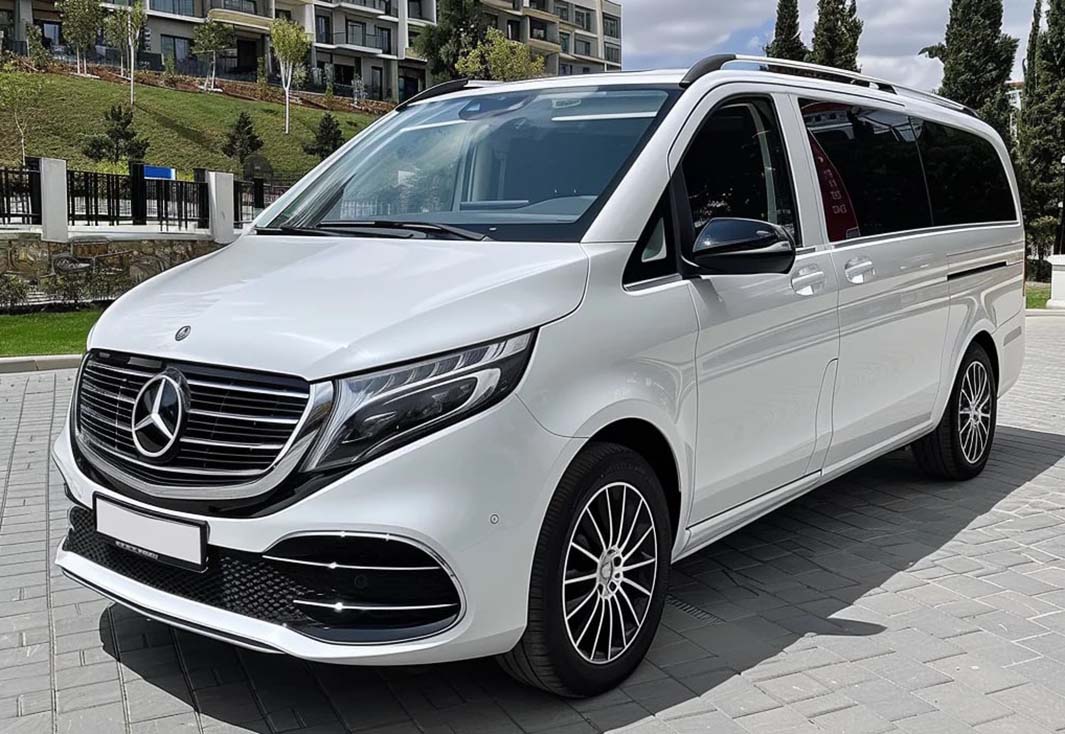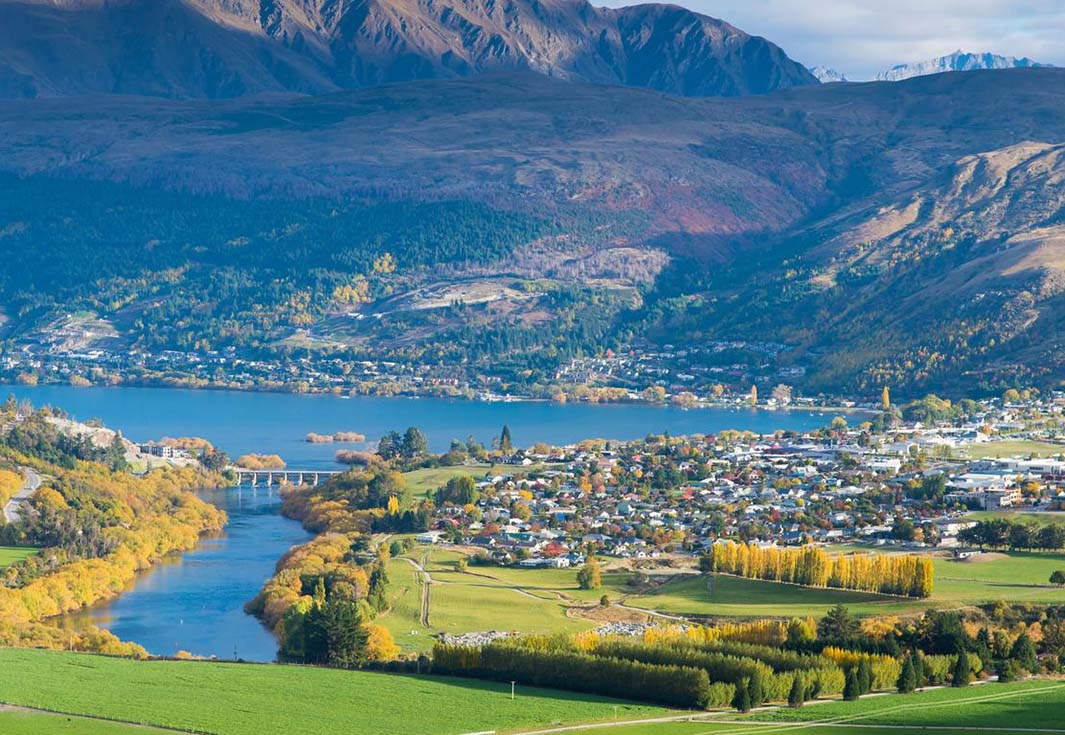Belgium is a country known for its picturesque cities, charming countryside, and incredible food. While public transport is excellent, renting a car gives you the freedom to explore the country on your own schedule. On my recent trip to Belgium, I decided to rent a car and take a road trip through some of its most famous cities, as well as the more hidden gems. From the moment I got behind the wheel, I realized that a car is the best way to see Belgium if you want to get off the beaten path and truly immerse yourself in the culture and scenery.
Why Rent a Car in Belgium?
Belgium’s train system is highly efficient, and you can travel between major cities like Brussels, Antwerp, Bruges, and Ghent in no time. However, for those who want to explore more than just the city centers, renting a car is the way to go. With a car, you can easily visit smaller towns, historical sites, and natural wonders that are otherwise hard to reach by public transport.
My decision to rent a car allowed me to explore Belgium at my own pace. I didn’t have to worry about catching trains or buses, and I had the freedom to stop whenever something caught my eye — whether it was a beautiful field of flowers or a charming village.

Booking Your Car Rental
Choosing the Right Car Rental Company
Before I left for Belgium, I spent some time comparing car rental companies. I used websites like Rentalcars.com and Auto Europe to get a sense of prices and availability. One of the first things I learned is that Belgium, like most European countries, has a wide range of car rental options. I ended up booking my car with Sixt, which had competitive prices, a variety of vehicle choices, and solid customer reviews.
I opted for a compact car — big enough to be comfortable for long drives but small enough to easily navigate through the narrow streets of Belgium’s older towns. When booking, I also made sure to include a GPS, as navigating in a foreign country can be tricky. Trust me, having a reliable GPS made my trip much smoother.
Pro Tip: Book in Advance
To get the best rates, it’s always a good idea to book your rental car in advance. I booked mine about a month before my trip and managed to get a good deal. During peak travel seasons like summer or around Christmas, prices can go up, and car availability can be limited. Booking early ensures you get the car you want at a better price.
Picking Up Your Car
Airport vs. City Pickup
I arrived in Belgium at Brussels Airport, and this is where I chose to pick up my rental car. Most major car rental companies have offices at the airport, so it was very convenient. If you’re flying into Brussels, Antwerp, or another major city, I recommend picking up your car at the airport, as this saves you the hassle of taking public transport into the city with luggage.
After landing, I followed the signs to the car rental area, which was easy to find. The staff at the Sixt counter were helpful, and the whole process took about 15 minutes. I showed them my driver’s license, passport, and credit card (make sure to have all these documents ready), and I was good to go.
Driver’s License Requirements
One of the things I was worried about before renting a car was whether I needed an International Driving Permit (IDP). As it turns out, my U.S. driver’s license was perfectly acceptable for renting and driving in Belgium, and an IDP wasn’t required. However, this can vary based on your home country, so make sure to double-check the rules for your specific situation.
Navigating Belgium’s Roads
Understanding Road Signs
Belgium’s road signs are fairly intuitive, but if you’re not used to driving in Europe, it can take a little adjustment. Most road signs are in Dutch in Flanders (the northern region), in French in Wallonia (the southern region), and in both languages around Brussels. If you’re traveling between these regions, be prepared for the language shift.
One thing I quickly learned is that Belgium has roundabouts instead of traffic lights at many intersections. This was new to me, but after a few goes, I got the hang of it. Roundabouts keep traffic moving smoothly, but remember to give way to cars already in the roundabout.
Toll Roads and Vignettes
Belgium doesn’t have many toll roads, unlike neighboring France, so you won’t have to worry about stopping to pay tolls frequently. That being said, if you plan to drive into other countries like France or Luxembourg, you might encounter tolls. I didn’t need to buy a special vignette or sticker to drive in Belgium, which was a relief, as that can be a bit of a hassle in some European countries.
Speed Limits
One thing I quickly realized was that speed limits in Belgium are strictly enforced, especially on highways. The speed limit on highways is generally 120 km/h (around 75 mph), while in towns and cities, it’s usually 50 km/h (about 30 mph). Make sure to keep an eye out for speed limit signs and speed cameras, which are quite common.
Parking in Belgian Cities
Parking in Brussels
Brussels, like many European capitals, can be challenging when it comes to parking. In the city center, street parking is limited and expensive. I opted to park in one of the public parking garages, which was much easier and not too costly, especially when compared to the price of getting a parking ticket. I used the BePark app to find nearby parking garages, and it was a lifesaver.
Parking in Smaller Towns
Parking in smaller cities like Ghent or Bruges is easier than in Brussels, but I still found that using public parking lots made life simpler. Bruges, for example, has an excellent underground parking system near the city center, and the prices were reasonable. If you’re planning to visit these smaller towns, it’s a good idea to leave your car in one of the designated parking areas and explore the city on foot. Most of Belgium’s older cities have narrow, pedestrian-friendly streets, making walking a better option once you’re there.
Filling Up the Tank
Types of Fuel
Belgium primarily uses unleaded gasoline (called “essence” in French and “benzine” in Dutch) and diesel (which is called the same in both languages). When renting your car, make sure you know which type of fuel it takes. My rental car was a diesel, which is more common for rental cars in Europe. Fuel prices are clearly displayed at gas stations, and I found that diesel was slightly cheaper than gasoline.
Gas Stations
Finding gas stations wasn’t difficult, as there are plenty along highways and in cities. I used Google Maps to find the nearest station whenever I needed to fill up. One thing to note: many gas stations in Belgium are self-service, and some require you to pay at a kiosk before filling up. Most stations accept major credit cards, so I didn’t have any issues there.
My Road Trip: Highlights of Belgium
With my rental car ready to go, I set off on an unforgettable road trip through Belgium. My first stop was Bruges, a city that felt like stepping into a fairytale. Driving through the winding streets, with their cobblestone surfaces and charming houses, was a dream. I parked my car in one of the public lots near the city center and spent the day wandering through the medieval streets, visiting the Belfry of Bruges and taking a boat tour on the canals.

Next, I headed to Ghent, a lively university town with stunning architecture and a laid-back vibe. Having the car made it easy to stop at smaller attractions outside the city, like Gravensteen Castle, which isn’t far from the city center.
One of my favorite parts of the trip was exploring Wallonia, the French-speaking southern region of Belgium. I drove through Namur and Dinant, two stunning riverside towns. The rolling countryside and scenic views made the drive itself a highlight.
I also took a day trip to the Ardennes, a region known for its forests, rivers, and outdoor activities. Having a car allowed me to explore this more remote area at my own pace, stopping for hikes and taking in the natural beauty.
A Hassle-Free Experience
Renting a car in Belgium turned out to be one of the best decisions I made on my trip. It allowed me the flexibility to visit both popular tourist spots and off-the-beaten-path destinations. While navigating Belgium’s cities can be a bit tricky, especially with parking, the freedom a car provides is well worth it.
If you’re planning a road trip in Belgium, my advice is to book your rental car in advance, use a GPS to avoid getting lost, and take advantage of Belgium’s well-maintained roads and easy-to-use public parking facilities. Whether you’re exploring the cobblestone streets of Bruges or driving through the scenic Ardennes, renting a car will give you a deeper appreciation of everything this beautiful country has to offer.




